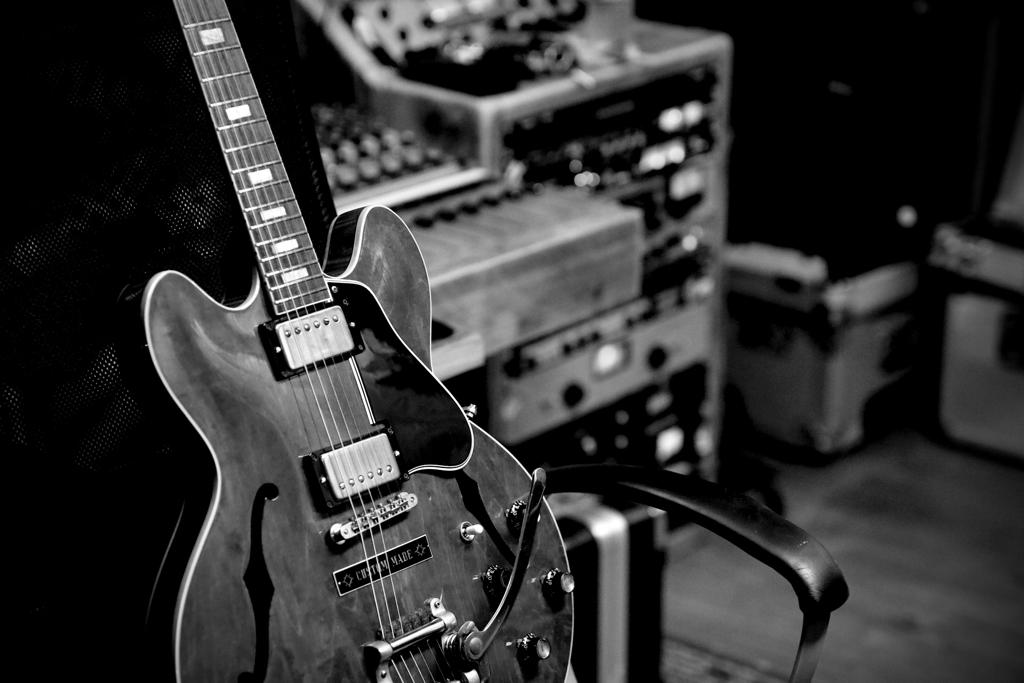Howdy, Stranger!
It looks like you're new here. If you want to get involved, click one of these buttons!
Categories
- 241.3K All Categories
- 22 >> Start Here <<
- 12 New Members
- 8 FAQs
- 86.5K Gear
- 39.5K Guitar
- 3.4K Acoustics
- 1.3K Bass
- 14.6K Amps
- 17.2K FX
- 264 Digital & Modelling
- 765 Other Instruments
- 8.2K Making & Modding
- 419 Gear Reviews
- 107 Guitar Reviews
- 73 Amp Reviews
- 118 FX Reviews
- 87 Other Reviews
- 748 Made in the UK
- 972 Theory
- 1.8K Technique
- 2.1K Live
- 3.2K Studio & Recording
- 2.1K Making Music
- 218 Events
- 15 Guitar Show 2018
- 829 Plug My Stuff
- 105K Classifieds
- 41K Guitars £
- 2.8K Acoustics £
- 138 LH Guitars £
- 894 Basses £
- 10.5K Parts £
- 18.3K Amps £
- 34K FX £
- 2.8K Studio & Rec £
- 6.1K Misc £
- 465 Personnel
- 54.6K Chat
- 36.5K Off Topic
- 1.1K Tributes
- 6.6K Music
In this Discussion
Become a Subscriber!
Subscribe to our Patreon, and get image uploads with no ads on the site!
Tele Bridge Plates?
Has anyone here got any experience with swapping bridge plates on a Tele?
Ive just finished building a great partscaster and used a Gotoh bridge. When comparing this guitar to my Nocaster it's got more sustain/volume and note separation but seems to lack the warmth of the Nocaster. I'm wondering if the bridge plate has much to do with this? I've got a plan to try a Fender pat pend bridge on it but just seen on the road worn of @Panama_Jack666 that they seem thicker and don't have the same magnetism as my Nocaster bridge so Fender obviously make 2 types.
Any thoughts?
Ive just finished building a great partscaster and used a Gotoh bridge. When comparing this guitar to my Nocaster it's got more sustain/volume and note separation but seems to lack the warmth of the Nocaster. I'm wondering if the bridge plate has much to do with this? I've got a plan to try a Fender pat pend bridge on it but just seen on the road worn of @Panama_Jack666 that they seem thicker and don't have the same magnetism as my Nocaster bridge so Fender obviously make 2 types.
Any thoughts?
Facebook.com/nashvillesounduk/
0 LOL 0
LOL 0 Wow! 1
Wow! 1 Wisdom
Wisdom
 LOL 0
LOL 0 Wow! 1
Wow! 1 Wisdom
Wisdom Base theme by DesignModo & ported to Powered by Vanilla by Chris Ireland, modified by the "theFB" team.



Comments
Both guitars have the same pickups.
I want to compare them acoustically again now. New partscaster is definitely brighter than the Nocaster acoustically I reckon...
http://i.imgur.com/4swXyc6.jpg
http://i.imgur.com/T1XkycR.jpg
Gotoh BS-TC1 is 1,26mm thick.
Both are steel and magnetic.
The plates themselves probably have negligible difference in tone/sustain/warmth.
EDIT>>you are talking about a Gotoh BS-TC1 (vintage) and not a Gotoh GC201 (modern 6 saddle)?
The Roadworns bridge also wasn't as magnetic so it's obviously a different metal so I'm trying to figure out if all the after market Fender Ines are like that or if I can get hold of the bridge like on my Nocaster.
Bloody January with not enough gigs.......any other month and I'd just be playing!
Its through body stringing, I'm happy to accept that it's just going to sound different to my Nocaster but can't tick that off if I can't get hold of the same bridge.
I can't be arsed taking my Nocaster to bits to put on this one to try.
I've compared bridgeplates on my partscaster. A Callaham compared to a Glendale the same material I believe but the Callaham was much thicker. The Glendale sounded more classic tele, it has the Roy Buchanan cut, and add's an almost michrophonic quality to the sound. You can get the classic Tele squawk, for want of a better word. It's too much sometimes but nails the early 50's tele vibe. Part of that is not being clamped down at the front like the Callaham. It's almost like a tuning fork with one end free to vibrate a little, I've actually dampened mine with a small blob of clear silicone at the front end.
The Calaham, by comparison, had a bigger, rounder sound with more sustain. Less snap and pop, a slower deeper attack as I remember. I liked it but would have it on a different tele which wasn't going for the early 50's vibe. It's more modern sounding.
So my conlusion on the matter, plate thickness alone makes a big difference in sound / response. Add bridge plate material and saddle material (I have brass and stainless steel for my Glendale) and you have a lot of factors to consider.
I might be better off leaving this one as a more modern Tele and my Nocaster as the vintage style one.
Although it's not a Fender bridge I would imagine the Glendale one is similar to the Fender vintage ones on the CS guitars.
I doubt they would have different steel compositions for bridges going on different guitars. (This is of course assuming we are not talking about a genuine vintage Nocaster - I'm sure steel composition will be different today to 60 odd years ago!).
Trading feedback: Previous (+18) and Current
I would use a callaham or similar flat plate and get a snappier tone with pick up choice. Comfort & playability first.
I wonder if the plating could end up a different thickness in them?